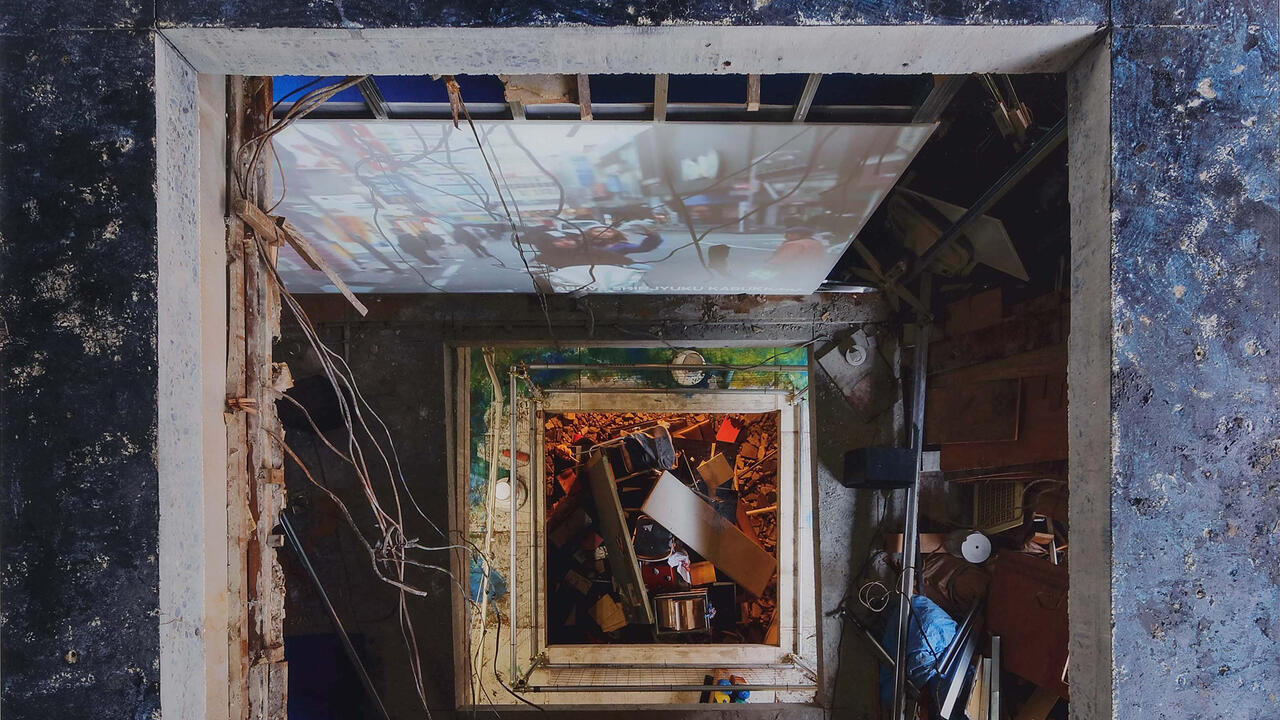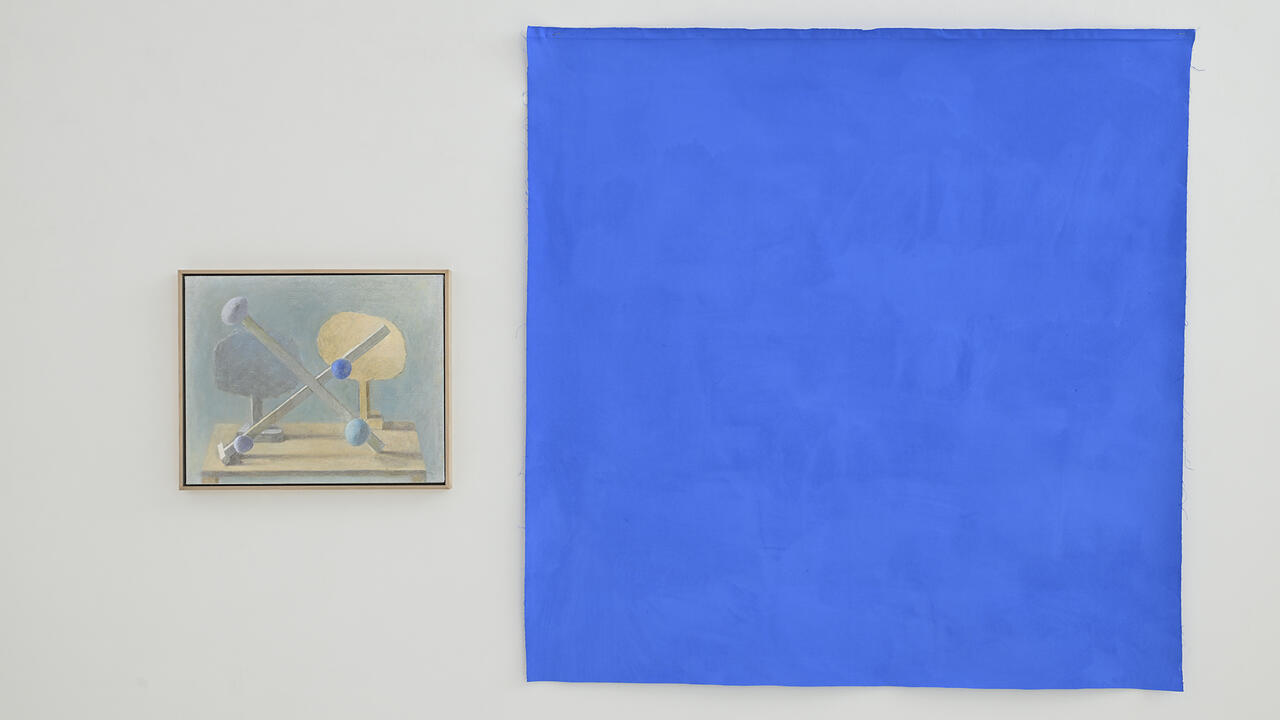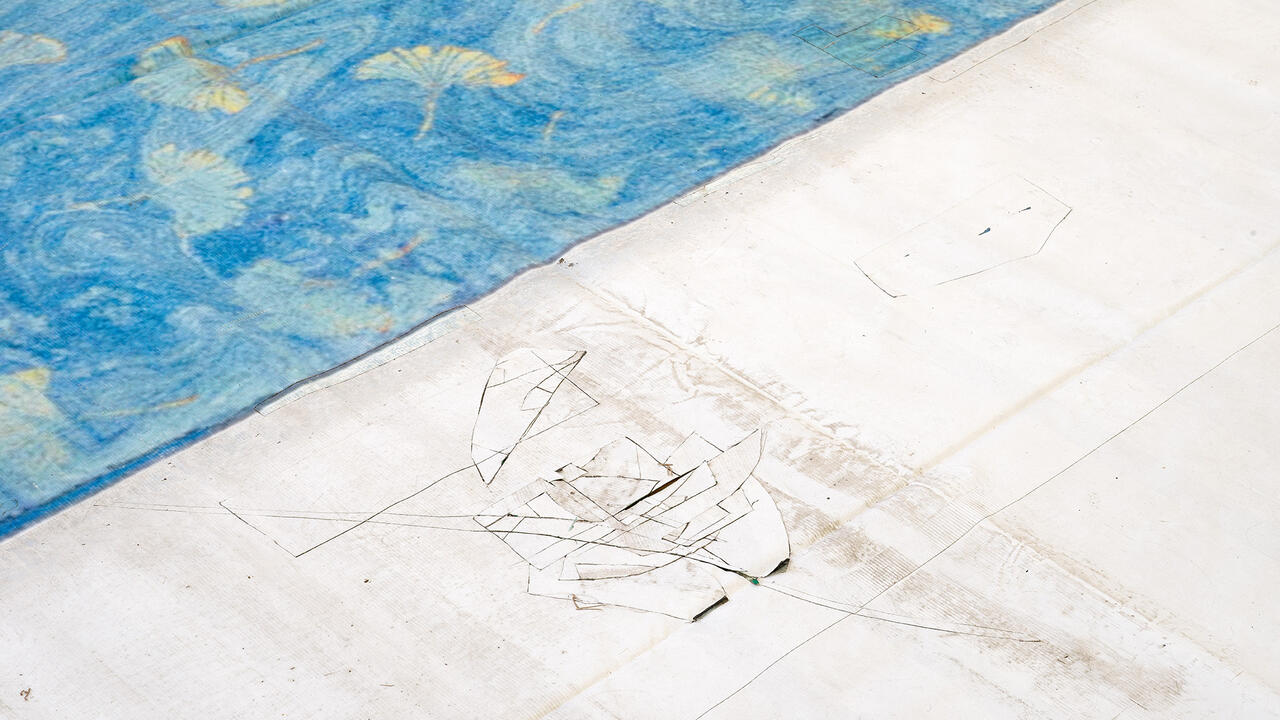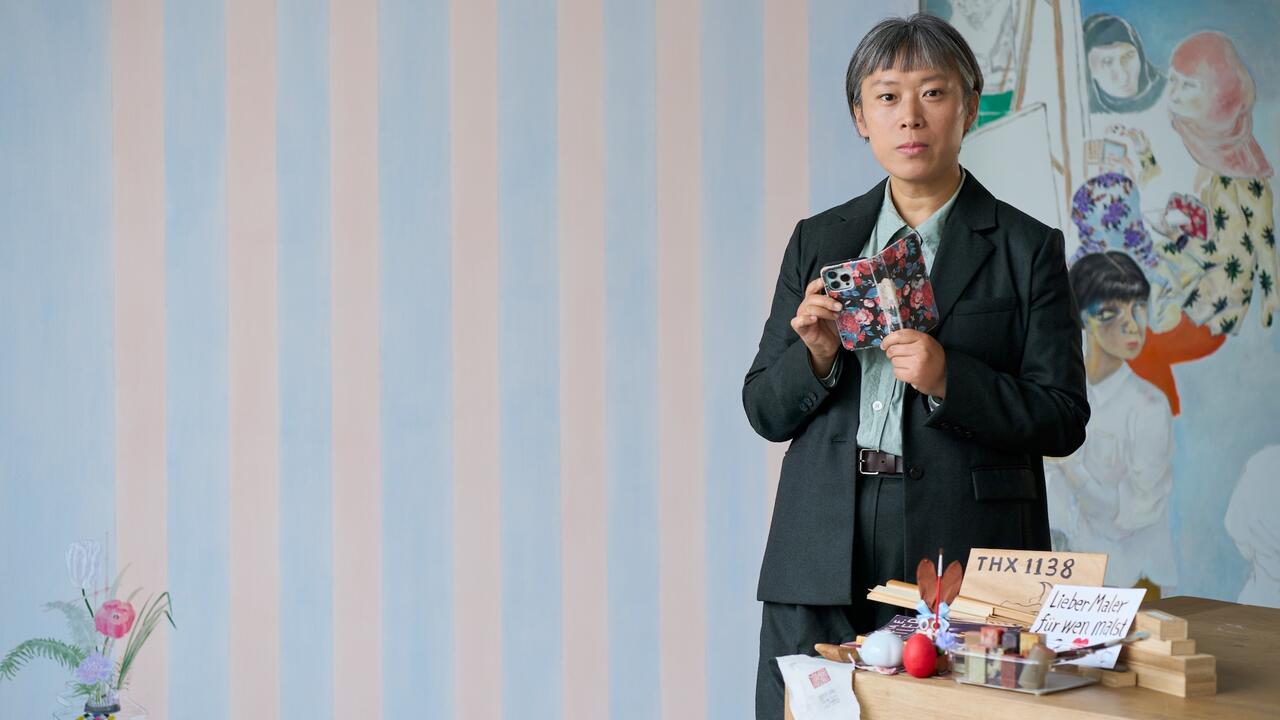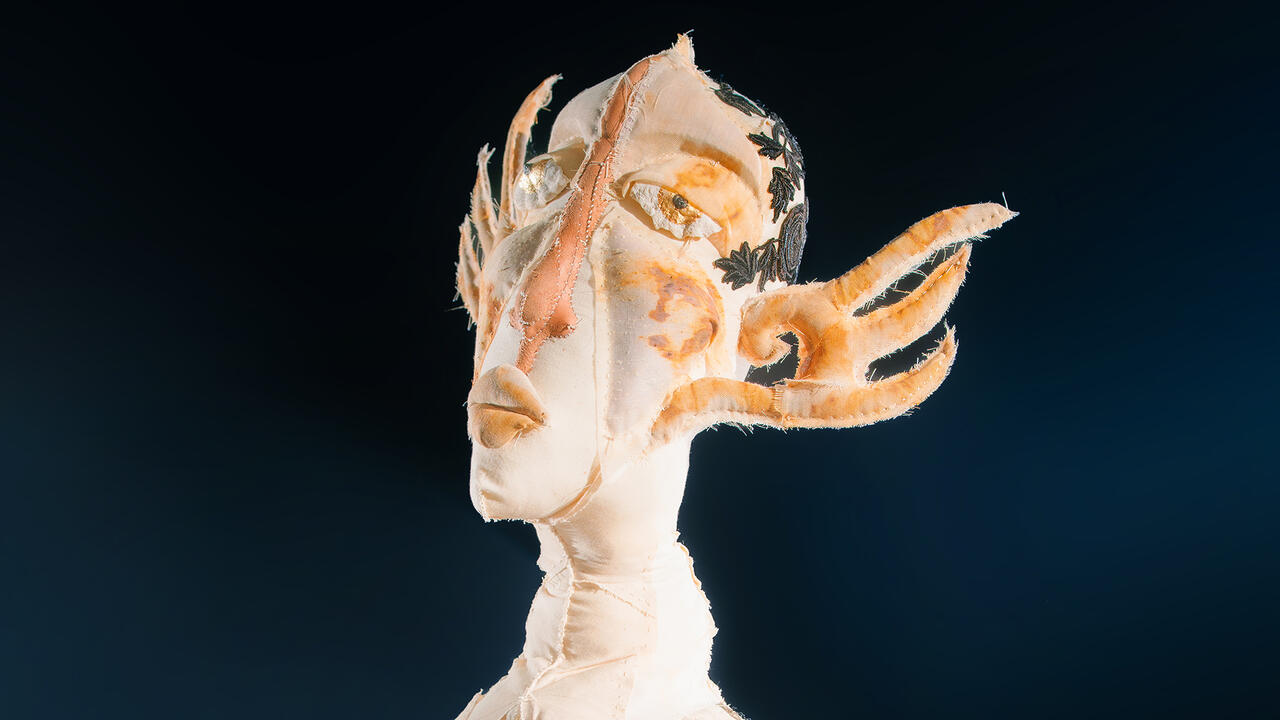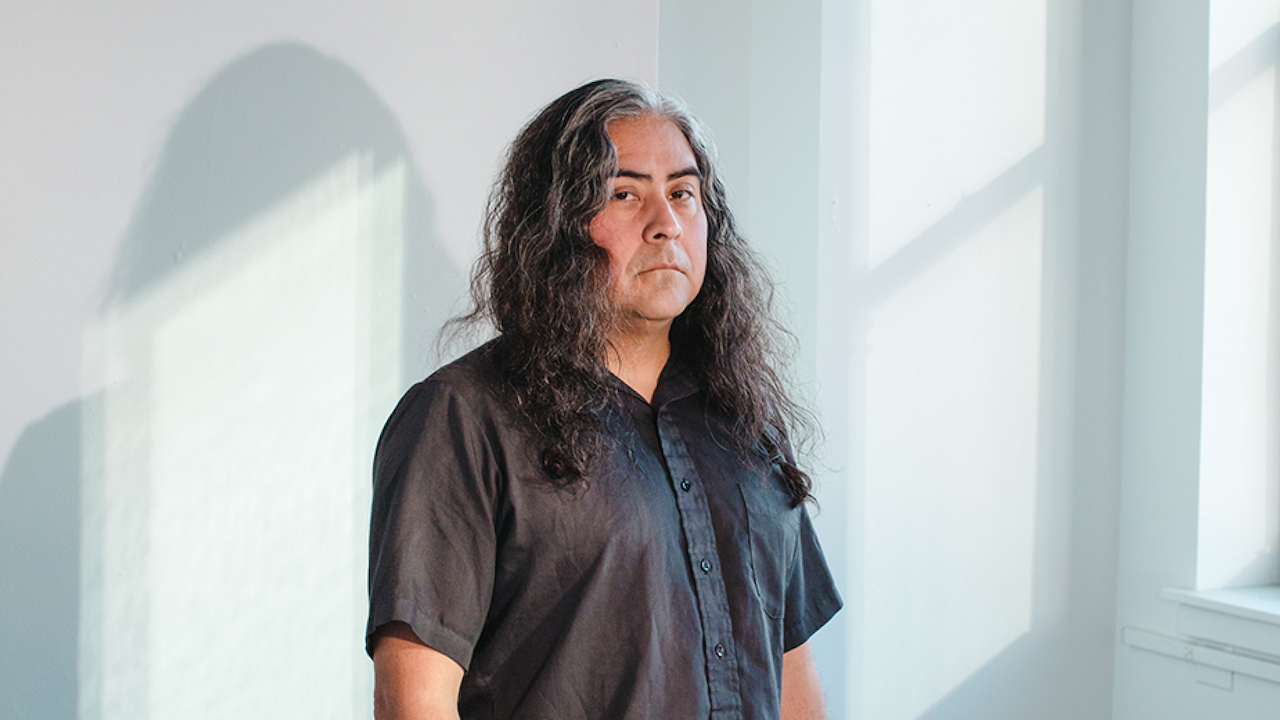A Brief History of the Future
A recent show traces the creative legacies of an artist and an architect who helped shape Japan’s futurist aspirations
A recent show traces the creative legacies of an artist and an architect who helped shape Japan’s futurist aspirations

There are two museums devoted to Taro Okamoto, one of Japan’s most entrepreneurial postwar painters, who died in 1996. The Taro Okamoto Memorial Museum (which opened in 1998) uses his original studio-cum-abode to immerse visitors in the gestalt environment in which he lived, worked and created. Tucked away in Aoyama in Tokyo, it’s a wild place. Walking into its cramped rooms is like traversing the pop-surrealist interiors of his paintings. Their bright colours and bold calligraphy fuse ancient Jomon iconography and aesthetics with manga-like figuration and stylization. Too eclectic and caricatured for Japan’s immediate postwar grappling with officiated modernism, Okamoto crucially revived critical interest in the Jomon culture of Japan, and went on to experience a revival in the superflat ’90s.
Yet Okamoto attained fame in his own era. Iconicizing himself in a mode similar to Dali’s media manipulation, Okamoto’s gurn embodied Japan’s post-atomic sensibilities, urging Japanese art to embrace its postwar scars and produce assaultive art – for which he designated the manga-onomatopoeic appellation ‘don!’ (‘kaboom!’).
The Taro Okamoto Museum of Art in Kawasaki (which opened in 1999) is a more austere affair. Sections retain Okamoto’s gaudy mutant biomorphs, while the main space houses temporary exhibitions associated with his oeuvre. While most of these ensure the mythology of Okamoto is kept alive, the recent exhibition ‘Okamoto Taro X Architecture’ is a particularly powerful project. Essentially a survey of the numerous places and sites bearing the artist’s murals, its through-line aligns his practice and outcomes with those of famous postwar architect Kenzo Tange, clarifying the real-world positioning of their shared fantastical ideas.

The two enjoyed a longstanding creative relationship through shared commissions and collaborative projects, the most famous of which is the Japanese Pavilion for the 1970 World Expo in Osaka. Tange designed the masterplan for the expo park, commissioning various architects to produce its pavilions. Okamoto’s mammoth installation The Tree Of Life was housed within a gigantic 70-metre statue – the famous Tower Of The Sun, modelled on Jomon figurines and reconfigured to embody Okamoto’s ‘don!’ ideals. Tange’s Festival Plaza was engineered through the radical application of ultra-thin transparent polyester film covering interlocked modular pylons, weighing 48,000 tonnes and sitting on only six main columns. Okamoto's sculpture literally burst through the Plaza’s canopy, after he controversially demanded a circular hole be cut in the roof to allow his work to rise many storeys above. The subtext was clear: partly a self-aggrandizing gesture in an artist/architect sumo bout, the elevation of the Sun God also symbolized Japan’s ongoing technological rebirth.
While this history is well known in Japan, ‘Okamoto Taro X Architecture’ presented the rarely seen original maquette for the final design of the pavilion. It’s hard to convey the experience of standing in front of this beautiful detailed diorama of futuristic design. Perfectly archived, it looks brand-new, now embedded with an aura not of fine art majesty but of fragile populist craftsmanship. Its presentation in the exhibition acknowledges its status as a shrine of sorts: here is the physical object that augured such a feat to be actualized in the real world. A bevy of sketches, designs, graph-paper plans and blue-prints accompanies the maquette; tantalizing photos document the myriad construction stages, evidencing the radical scale of the undertaking and its skilful resolution through Japanese monozukuri (craftsmanship) building construction.

Another maquette resonates with equal presence: Tange’s final design for the Yoyogi National Gymnasium, built for the 1964 Tokyo Olympics. More adventurous and groundbreaking engineering mark this work, with its stupefying cable connections that suspend the entire roof. It resembles a cross between a morphed fan and the bamboo amigasa hats worn by dancers in bon odori (summer folk-dance) festivals. Architectural history locates Tange’s practice within Metabolist discourse of the late 1950s, as a kind of father figure and leading exponent of the movement, whose guiding principle was the design of buildings according to principles of biological formation. However, his sense of spatial occupancy and auratic objectification is equally aligned with Japanese phenomenal presence, wherein singular objects work contextually with negative space, seasonal conditions, material relations and holistic awareness. The maquette is a perfect vehicle for communicating this, and accordingly is positioned prominently within the exhibition’s narrative design. Accompanying it is extensive documentation of the mosaic murals Okamoto designed for its interior.
‘Okamoto Taro X Architecture’ deftly braids the creative trajectories and legacies of Okamoto and Tange, charting how they contributed to visually shaping Japan’s futurist aspirations following the nation’s failed imperialist plan and the subsequent devastation experienced following the atomic bombings of Hiroshima and Nagasaki. Tange’s first – and perhaps most famous – commission was the Hiroshima Peace Memorial Park & Museum (1955). Documented in the exhibition, it proves to have been a calling card for his metaphysical application of form and space to articulate the spatio-temporal juncture between past and present. On the razed site of molecular destruction of over 140,000 bodies, Tange carved an invisible through-line tying the Memorial Cenotaph (holding records of the dead) with a large rectangular block raised on concrete stilts. Part floating palace, part modernist hall, it merges Shinto reverence with Bauhaus progressivism. Most importantly, its site consciousness accords with the most traditional precepts of Japanese architectural design.

Both the Hiroshima Peace Memorial Museum and Yoyogi National Museum still stand today, as does the Sun God statue in Osaka. Currently, the Hiroshima museum is undergoing a technological refit, while the Yoyogi gym – now devoid of Okamoto’s murals – is being prepped for the 2020 Olympics. Often regarded as a nation of great and longstanding tradition, it is also a land of continual renewal and ongoing reconstruction. From earthquakes to firebombing to tsunamis to atomic bomb blasts, Japan’s architectural ‘planscape’ is forever changing. Just as the famous Ise Grand Shine is ritually disassembled and rebuilt every 20 years, so does Japanese architecture accept the lifespan of its material constructions being modulated by waves of presence and absence. Much of Tokyo is now becoming ‘absent’ (huge swathes of Shibuya and Ginza, for example) in preparation for the 2020 Olympics; the same happened in the lead-up to the 1964 Tokyo Olympics. Okamoto’s long-lost mural The Myth Of Tomorrow (1969), originally commissioned for the lobby of a Mexico City hotel but never displayed, was unexpectedly unearthed in a suburb of the city and reinstalled as a key panoramic wall feature at Tokyo’s Shibuya Station in 2008. ‘Okamoto Taro X Architecture’ wonderfully raises the consciousness of how images and objects were activated by and in spaces in Japan’s postwar rejuvenation. It equally confirms the process as a vital aspect of urban Japan today.
Main image: Taro Okamoto, Tower of the Sun, 1970, installed in the Expo Commemoration Park, Osaka, Japan. Photograph: Kingei Marui








